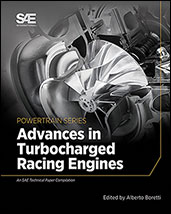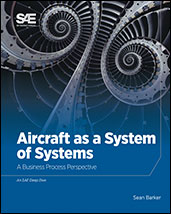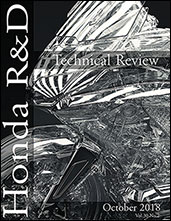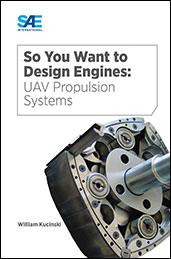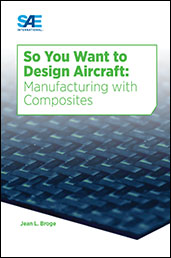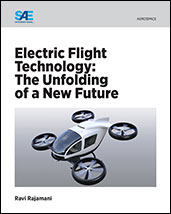Book

Multidisciplinary Design Analysis and Optimization of Aerospace Composites
2019-04-30
Multidisciplinary Design and Optimization of Aerospace Composite Materials is a collection of ten SAE technical papers focusing on the design analysis of aerospace composite structures from the perspective of various disciplines.

